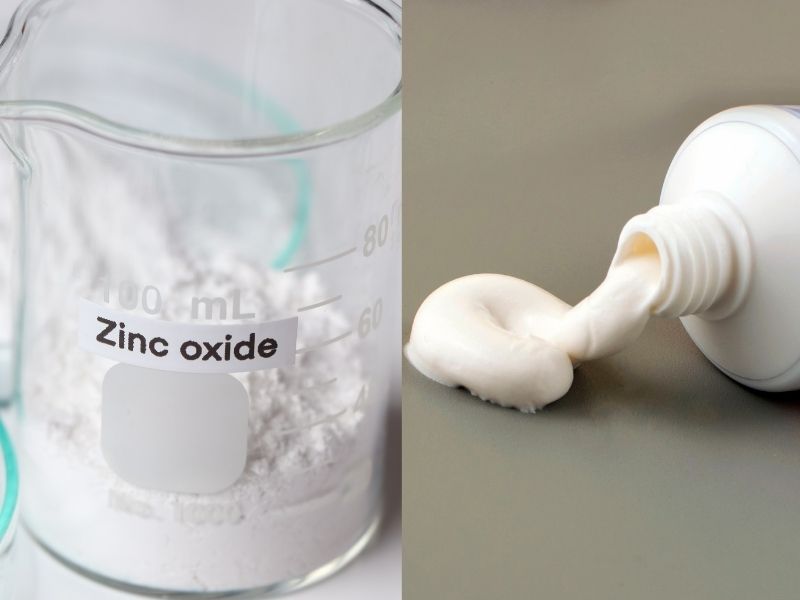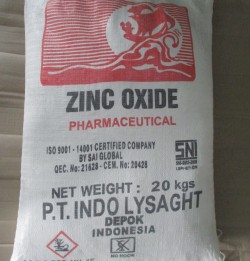It’s important to understand the zinc oxide dental use. For some, the use of zinc oxide in dental care is still unfamiliar. Despite its chemical formula ZnO, zinc is used in dentistry. Is it harmless?
Certainly not, unless it’s used by experts and experienced professionals. The term zinc oxide in dental care actually refers to zinc oxide, which is used in dental cements. It’s used for temporary restorations, cavity linings, heat-resistant root canal sealants, and many other purposes.
Here Is Zinc Oxide Dental Use
Zinc oxide is an inorganic compound composed of zinc (Zn) and oxygen (O), with the chemical formula ZnO. It typically appears as a white powder that is insoluble in water but soluble in strong acids and bases. Zinc oxide is amphoteric, meaning it can react with both acids and bases.
Zinc oxide is widely used in various industries, including cosmetics, medicine, rubber, plastics, food, paint, and dentistry. Due to its stability, heat resistance, and ability to absorb ultraviolet (UV) light, zinc oxide is often used in sunscreens and ointments to protect the skin from irritation and accelerate wound healing.
The most common crystal structure is hexagonal (wurtzite), with various advantageous properties such as electrical conductivity, transparency to visible light, and moderate hardness.
Uses of Zinc Oxide in Dentistry
Zinc oxide dental use refers to the use of zinc oxide (ZnO) compounds in dentistry as an essential ingredient in various dental care applications. Zinc oxide is widely used in:
- Dental cements. Zinc oxide is the main component in dental cement, an adhesive that firmly binds crowns, bridges, and orthodontic appliances. Zinc oxide cement also functions as a protective layer in the tooth cavity, providing a strong, durable bond that is easily accepted by the body’s tissues.
- Dental fillings. Zinc oxide is a common material used in dental fillings. It provides a natural appearance to teeth, reduces sensitivity, and has good resistance to chewing pressure.
- Ointments and oral care products. Zinc oxide has antimicrobial properties that help prevent bacterial growth in the mouth. Therefore, zinc oxide is also found in toothpaste, mouthwash, and other oral care products to control bad breath, gingivitis, and infections.
- Root canal sealer. Zinc oxide eugenol is often used as a sealant in root canal treatments, helping to prevent infection and protect tooth tissue from further damage.
Furthermore, the zinc oxide dental use nanoparticle technology in dental materials provides a stronger antimicrobial effect and increases the strength and durability of dental materials.



